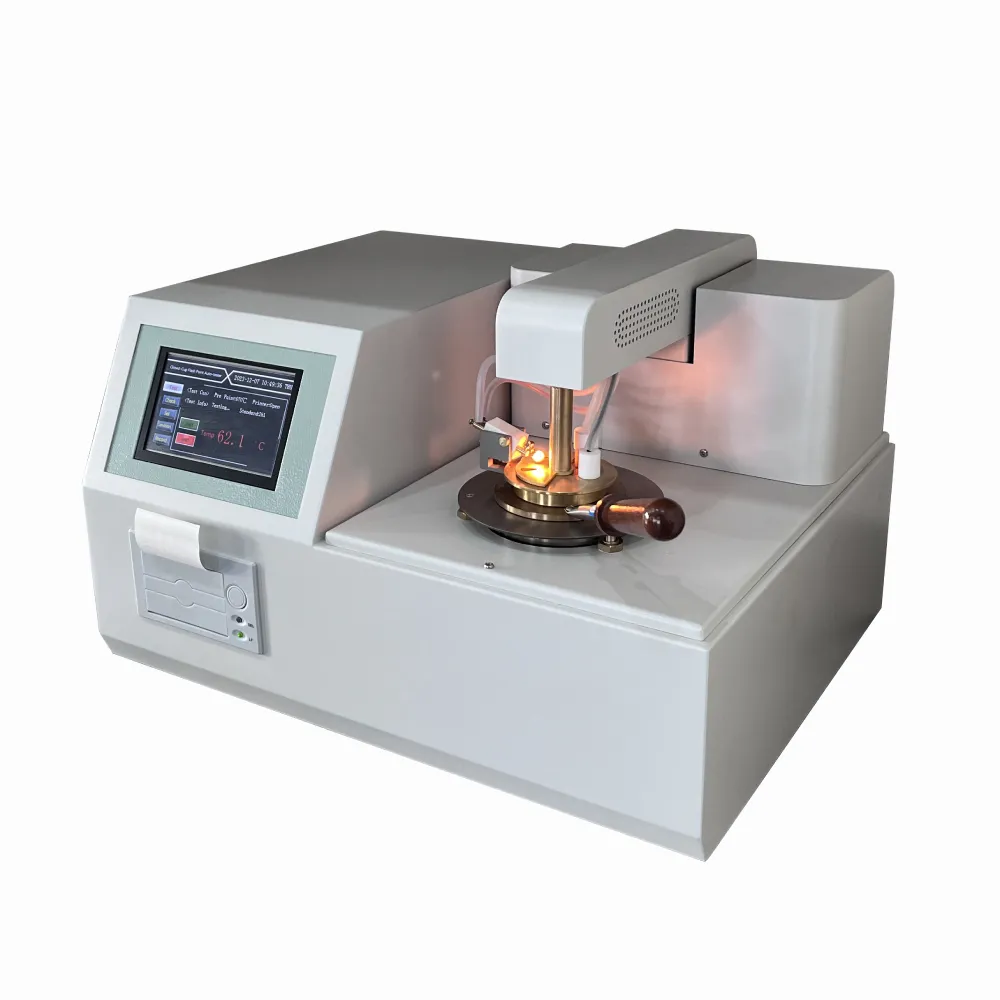 English
English


Testing Procedures and Techniques for SMPS Transformer Performance Evaluation and Reliability
Testing SMPS Transformers Ensuring Functionality and Reliability
Switching Mode Power Supplies (SMPS) have become ubiquitous in modern electronic devices, providing efficient power conversion through high-frequency switching techniques. At the heart of these power supplies lies the SMPS transformer, a crucial component that ensures voltage levels are converted and isolated correctly. Given its importance, robust testing of SMPS transformers is essential to ensure they are functioning correctly, efficiently, and safely. This article will delve into the various aspects of SMPS transformer testing, including methodology, parameters, and best practices.
Understanding SMPS Transformers
SMPS transformers differ from traditional transformers in several ways. They typically operate at high frequencies—ranging from tens of kilohertz to several megahertz—which allows for smaller cores and lighter designs. In addition, they often include multiple windings and can support functions such as feedback and voltage regulation. However, this complexity necessitates rigorous testing to prevent failures that can arise from issues like core saturation, insulation breakdown, or thermal overload.
Testing Methodology
Testing an SMPS transformer involves a combination of electrical, thermal, and mechanical assessments
. Each approach targets specific characteristics vital for reliable operation.1. Electrical Testing This includes measuring the transformer's inductance, DC resistance, and insulation resistance. High Voltage (HV) tests are also performed to check for insulation breakdown. Moreover, transformers may undergo short-circuit tests to evaluate their behavior under fault conditions. The primary goal is to ensure that the transformer operates within specified limits and that there are no winding shorts or open circuits.
2. Thermal Testing Given that transformers can generate significant heat during operation, thermal testing is crucial. Load tests simulate real operating conditions to measure temperature rise. Thermal imaging may also be employed to identify hot spots that could lead to premature failure. Adequate heat dissipation is essential for the transformer's longevity, so thermal management strategies must be validated during testing.
3. Mechanical Testing This involves verifying the physical integrity of the transformer. Stress tests can assess the robustness of the construction against vibrations and shocks. Over time, mechanical failures can lead to poor connections and, ultimately, transformer failure. Checking the mechanical stability ensures that the transformer can withstand its operational environment.
smps transformer testing

Key Parameters for Testing
When testing SMPS transformers, several parameters should be closely monitored
- Turn Ratio The ratio between the primary and secondary windings should match design specifications to ensure correct voltage output. - Insulation Resistance High insulation resistance values indicate intact insulation, critical for safe operation. - Leakage Inductance Lower leakage inductance values typically signal better transformer performance and efficiency. - Winding Resistance This should be measured to ensure minimal power losses during operation. - Temperature Rise Keeping within the prescribed temperature limits is essential to avoid thermal overload and subsequent failure.
Best Practices
For optimal results in SMPS transformer testing, several best practices should be adhered to
1. Consistent Testing Procedures Establish standardized testing protocols to ensure consistency across different batches of transformers. 2. Use of Calibration Equipment Ensure that measuring devices are properly calibrated for accuracy. 3. Documentation Maintain detailed records of testing results, including any anomalies, to facilitate traceability and compliance with industry standards. 4. Regular Maintenance Implement a maintenance schedule for testing equipment to guarantee dependable performance.
Conclusion
Testing SMPS transformers is a critical step in ensuring the reliability and efficiency of switching mode power supplies. By rigorously assessing electrical, thermal, and mechanical properties, manufacturers can prevent failures and improve product quality. As technology advances and the demand for efficient power solutions grows, maintaining high testing standards will be key to the successful deployment of SMPS transformers in various applications.
-
Differences between open cup flash point tester and closed cup flash point testerNewsOct.31,2024
-
The Reliable Load Tap ChangerNewsOct.23,2024
-
The Essential Guide to Hipot TestersNewsOct.23,2024
-
The Digital Insulation TesterNewsOct.23,2024
-
The Best Earth Loop Impedance Tester for SaleNewsOct.23,2024
-
Tan Delta Tester--The Essential Tool for Electrical Insulation TestingNewsOct.23,2024





